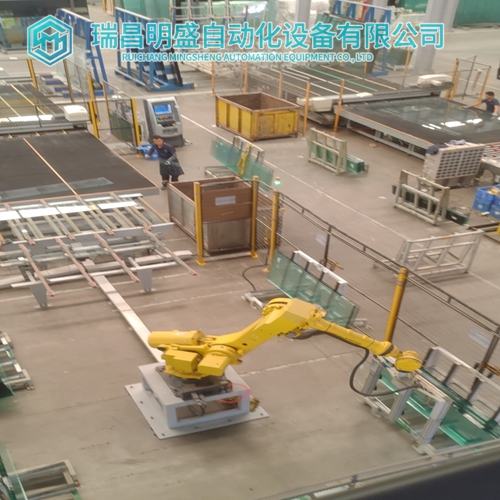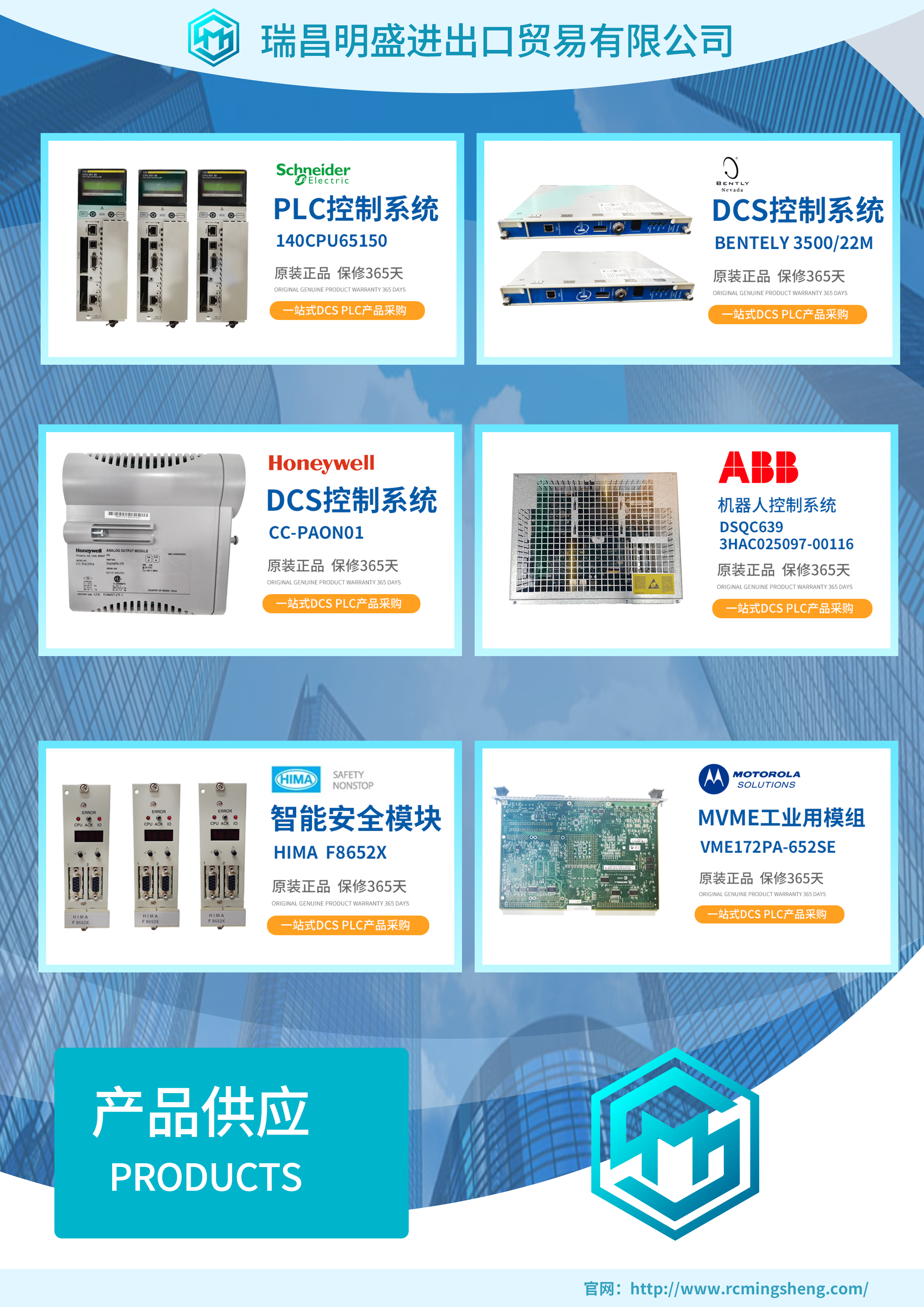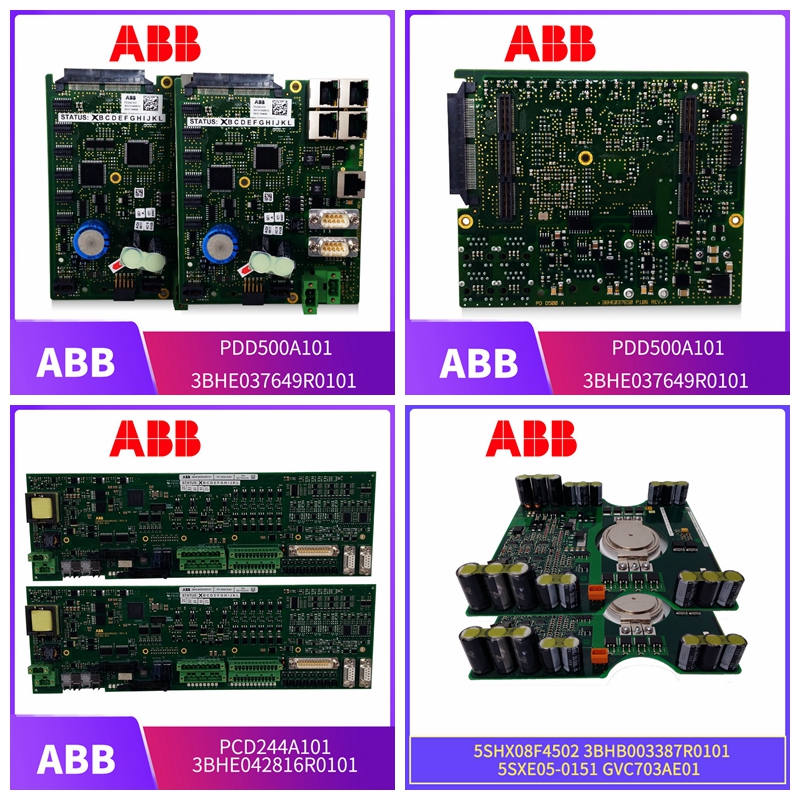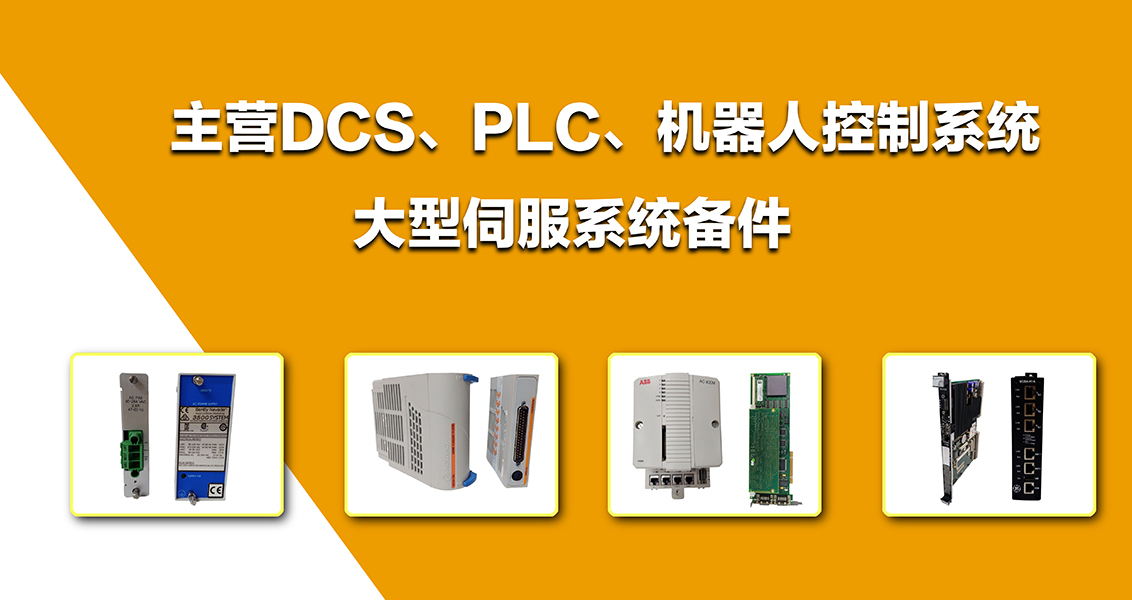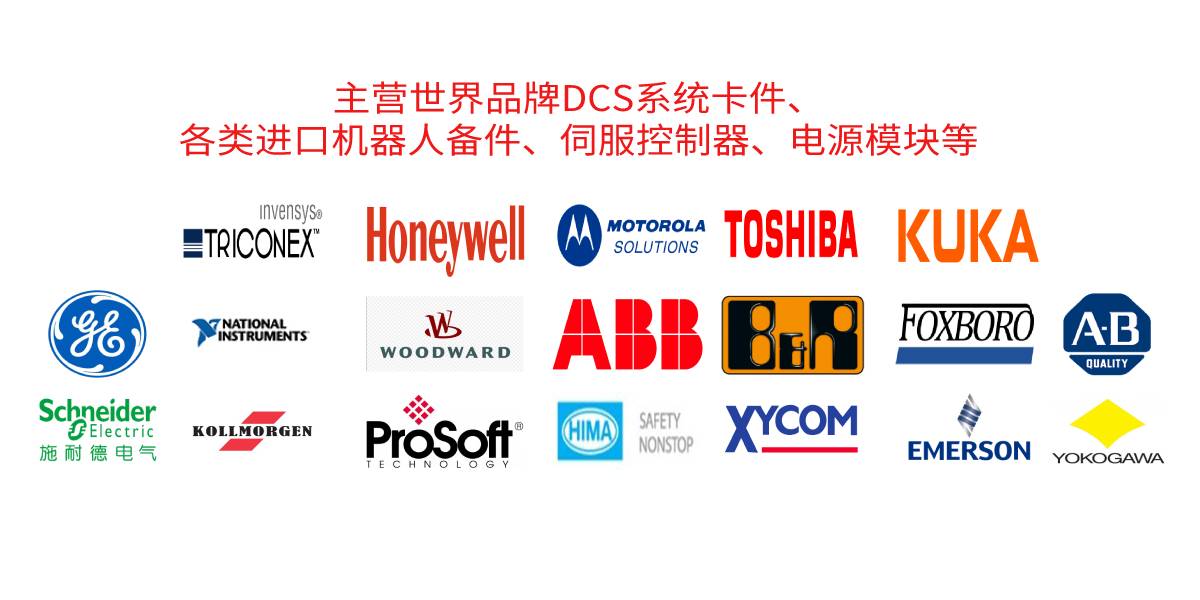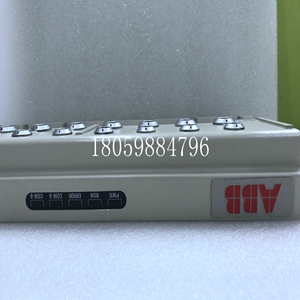129740-002自动化模块备件
输入数据
每次PLC扫描、每20次PLC扫描等都可以扫描。只有当FIP总线控制器消耗了来自网络的输入数据时,PLC CPU才会扫描同步扫描集。FIP总线控制器通知(触发)PLC CPU数据到达,然后PLC CPU才调度应用程序并扫描输入数据。应用程序完成后,PLC CPU扫描输出数据。以这种方式,PLC应用程序被称为与FIP网络同步。FIP总线控制器可以为多达15个同步扫描集交换数据。PLC CPU可以同时配置同步和异步扫描组。对于每个同步扫描集,必须指定必须触发扫描集的特定FIP总线控制器。同步扫描集可以仅由一个FBC触发。异步扫描集不需要或不允许指定触发器。4 4-2系列90-70 FIP总线控制器用户手册–1997年11月GFK-1038A FIP总线控制数据处理FIP网络、FIP总线处理器和PLC CPU之间的I/O数据交换通过FIP总线总线控制器的双端口存储器进行。双端口存储器中的数据以支持FIP总线控制器和PLC CPU的各种扫描操作所需的方式进行组织。下图显示了FBC双端口存储器中I/O数据的排列和数据流的方向。每个输入和输出区域被细分为在PLC CPU和FIP总线控制器之间配置的各个扫描集。FBC双端口存储器扫描集#1..离散和模拟输入数据区..输入点故障触点和报警触点区..离散和仿真输出数据区..扫描集#32离散和模拟输出数据区输入点故障接点和报警触点区域离散和模拟输出数据区状态TVA Chatter TVA Validator TVA状态TVA闪烁TVA消耗COMV产生COMV FIP网络指定报警TVA%I或%AI%Q或%AQ[故障]、[NOFLT]、[HIALR]、[LOALR]触点PLC参考表FIP I/O扫描CPU I/O扫描应用程序传输变量(TVAs)I/O数据在FIP总线控制器和网络之间交换,如图底部所示。有两种类型的TVA,数据TVA和验证器TVA;验证器TVA由离散输入验证器(每个点1位)和模拟输入验证者(每个通道1字节)组成;输入/输出模块的所有TVA(数据和验证器)自动放置在同一COMV中。4 GFK-1038A第4章操作4-3 FBC存储器的离散和模拟输入数据区域FBC双端口存储器的该区域包含每个配置的输入应用程序传输变量(TVA)。
FIP总线控制器将消耗的数据TVA
(包括状态、抖动和专用报警数据)直接放入其存储器的I/O数据区。这是随后将映射到PLC的%I和%AI参考表的数据。如果数据TVA不能从网络中消耗,通常是由于缺乏及时性或刷新,FIP总线控制器根据其配置将数据默认为0或保持其最后状态。FBC存储器的输入点故障触点和报警数据区域该区域包含与输入数据相关的验证器TVA。PLC使用验证器信息来驱动与离散点和模拟通道相关的点故障触点的状态。它是不可编辑的。描述最多32个字符扫描集的描述。扫描集默认情况下,这是固定扫描集#1。如果CPU模式为“微循环”,并且预定义了具有相同时隙值的扫描集,则默认值为该扫描集。键入Async或Sync这是不可编辑的。4节1级图2级1表_big 1级GFK-1038A 4-1第4章操作PLC I/O扫描在90–70系列PLC中,FIP总线控制器扫描进出FIP网络的I/O数据。该扫描可以被配置为与FIP网络同步或异步。PLC CPU扫描进出FIP总线控制器的I/O数据。同样,PLC CPU扫描可以被配置为与FIP总线控制器同步或异步。扫描集在PLC CPU中,I/O数据被分组为扫描集。FIP总线控制器可以与多达32个扫描集交换数据。扫描集是为PLC应用程序的特定I/O需求服务的输入和/或输出数据的集合。例如,PLC应用程序可能需要处理所有离散输入和输出。另一个PLC应用程序可能只需要处理模拟输入和输出。单个扫描集可以包含来自各种源的I/O数据。例如,扫描集可以将来自一个FIP总线控制器的离散输入和输出数据与来自另一个FIP-总线控制器的I/O数据或来自PLC机架中的本地I/O模块的I/O数据相结合。PLC中有两种类型的扫描集:异步和同步。异步扫描集由PLC CPU扫描,无需与FIP总线控制器进行任何同步。例如,异步扫描集
input data
Each PLC scan, every 20 PLC scans, etc. can be scanned. The PLC CPU scans the synchronous scan set only when the FIP Bus Controller consumes input data from the network. The FIP bus controller notifies (triggers) the PLC CPU that the data has arrived, and then the PLC CPU dispatches the application and scans the input data. After the application is completed, the PLC CPU scans the output data. In this way, the PLC application is referred to as synchronizing with the FIP network. The FIP Bus Controller can exchange data for up to 15 simultaneous scan sets. The PLC CPU can configure synchronous and asynchronous scan groups at the same time. For each synchronous scan set, you must specify the specific FIP Bus Controller that must trigger the scan set. A synchronous scan set can be triggered by only one FBC. Triggers are not required or allowed to be specified for asynchronous scan sets. 4 4-2 Series 90-70 FIP Bus Controller User's Manual – November 1997 GFK-1038A FIP Bus Control Data Processing The I/O data exchange between FIP network, FIP bus processor and PLC CPU is conducted through the dual port memory of FIP bus controller. The data in the dual port memory is organized in such a way as to support the various scanning operations of the FIP Bus Controller and the PLC CPU. The following figure shows the arrangement of I/O data and the direction of data flow in the FBC dual port memory. Each input and output area is subdivided into scan sets configured between the PLC CPU and the FIP Bus Controller. FBC dual port memory scan set # 1.. Discrete and analog input data area.. Input point fault contact and alarm contact area.. Discrete and analog output data area.. Scan set # 32 Discrete and analog output data area Input point fault contact and alarm contact area Discrete and analog output data area status TVA Chatter TVA Validator TVA status TVA flashing TVA consuming COMV generates COMV FIP network specified alarm TVA% I or% AI% Q or% AQ [fault], [NOFLT], [HIALR] [LOALR] Contact PLC Reference Table FIP I/O Scan CPU I/O Scan Application Transfer Variables (TVAs) I/O data is exchanged between the FIP Bus Controller and the network, as shown at the bottom of the figure. There are two types of TVA, data TVA and verifier TVA; The verifier TVA consists of a discrete input verifier (1 bit per point) and an analog input verifier (1 byte per channel); All TVAs (data and verifiers) of I/O modules are automatically placed in the same COMV. 4. Chapter 4 of GFK-1038A operates discrete and analog input data area of 4-3 FBC memory. This area of FBC dual port memory contains input application transfer variables (TVA) for each configuration.
Data TVA to be consumed by FIP bus controller
(including status, jitter and special alarm data) directly into the I/O data area of its memory. This is the data of the% I and% AI reference tables that will then be mapped to the PLC. If the data TVA cannot be consumed from the network, usually due to the lack of timeliness or refresh, the FIP bus controller will default the data to 0 or maintain its final state according to its configuration. Input point fault contact and alarm data area of FBC memory This area contains the verifier TVA related to input data. The PLC uses verifier information to drive the status of point fault contacts associated with discrete points and analog channels. It is not editable. A description that describes a scan set of up to 32 characters. Scan Set By default, this is fixed scan set # 1. If the CPU mode is Microcycle and a scan set with the same time slot value is predefined, the default value is the scan set. Type Async or Sync This is not editable. 4 Section 1 Level Diagram 2 Level 1 Table_ Big Level 1 GFK-1038A 4-1 Chapter 4 Operation PLC I/O Scan In the 90 – 70 series PLC, the FIP bus controller scans the I/O data entering and exiting the FIP network. The scan can be configured to be synchronous or asynchronous with the FIP network. The PLC CPU scans the I/O data coming in and out of the FIP bus controller. Similarly, the PLC CPU scan can be configured to be synchronous or asynchronous with the FIP Bus Controller. The scan set is in the PLC CPU, and I/O data is grouped into scan sets. The FIP Bus Controller can exchange data with up to 32 scan sets. A scan set is a collection of input and/or output data that serves the specific I/O requirements of a PLC application. For example, a PLC application may need to handle all discrete inputs and outputs. Another PLC application may only need to handle analog inputs and outputs. A single scan set can contain I/O data from various sources. For example, a scan set can combine discrete input and output data from one FIP Bus Controller with I/O data from another FIP Bus Controller or from local I/O modules in a PLC rack. There are two types of scan sets in the PLC: asynchronous and synchronous. The asynchronous scan set is scanned by the PLC CPU without any synchronization with the FIP bus controller. For example, asynchronous scan sets
